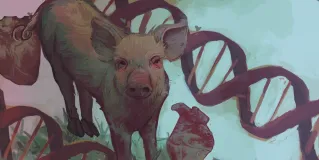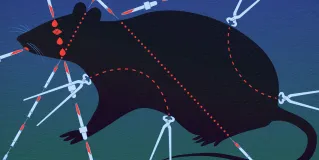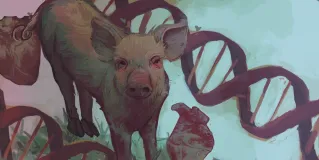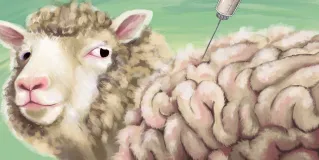Nonhuman Animal Research
Nonhuman animals have long been and continue to be routinely used in biomedical and behavioral research to promote human health. When SARS-CoV2 infections triggered a race to develop and scale global access to vaccines in 2019, two key innovations happened to the supply chain of nonhuman animals created, raised, and used for science: (1) experiments and trials regarded as essential were prioritized and (2) governments and researchers shortened vaccine production timelines. Clinical and public health urgency concentrated and acutely focused demand for live mammals—especially ferrets, guinea pigs, hamsters, mice, nonhuman primates, pigs, and rats—in ways that also intensified demand for efficient protocol designs and streamlined methods of human vaccine research and development. Reasonable people can still disagree about when, why, and how nonhuman animals should be sacrificed for human health, but we now know that human health endeavors, specifically vaccine development, flourish even when we sanction fewer nonhuman animals’ cultivation and deaths for science. This theme issue investigates what this revelation from the pandemic means from clinical, ethical, legal, and policy standpoints for the future of human-centered research.
Background image by Sara Girone Carnevale.























